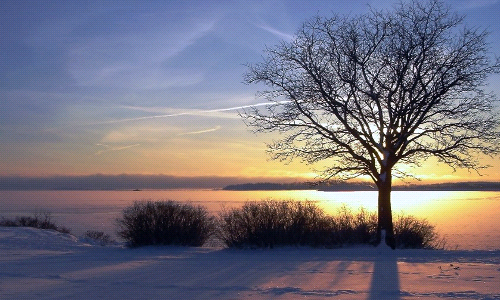
Knowing when in a trees life to make cuts, and how many to make, is extremely important when it comes to the process of structural pruning on a young or old tree. The idea behind it isn’t to remove current problems, but rather to remove future problems that have the potential to damage property, the tree, or a person! While the tree is young, it’s important not to make too many cuts too quickly. This can put your young tree under a lot of unneeded stress which makes it more susceptible to pests and disease. You must first allow your tree to grow, and mature. This isn’t to say that it’s a bad idea to have a plan on which limbs you’d like to cut. On the contrary, it’s healthy to try and have foresight with your tree. Keep an eye on limbs that appear to be getting larger much faster, or limbs that seem to be growing into other limbs. When it comes to more mature trees, it’s important to not cut any more than 30% of any particular limb, or the crown as a whole. Concerning both young and old trees, it’s best to space out your pruning. Eliminating downward growing branches can be important as well. Constant contact with passing mowers or children trying to climb your tree can create a problem for your tree that may be quite severe depending on wound size and age of the tree. Pruning your limbs to grow up rather than down is not only better from an aesthetic standpoint, but also health-wise.
In regards to the size of your limbs, it’s important to not cut very thick limbs off of your trees because this opens a huge vacancy in the tree where pests and disease can enter much more easily than if it had remained where it was. This would mean you’d be doing more harm than good to your tree. A living tree is better than a prematurely dead tree! If you neglect the structural pruning process, some of these larger limbs can start taking valuable nutrients that would better suit the tree if they were more evenly spread throughout its canopy. This allows your tree to become codominant, meaning; one limb growing from the trunk of the tree can become as large as the trunk itself, sucking valuable nutrients from the central leader. The central leader is the most structurally sound part of the tree giving it stability. You want to prevent any limbs from getting too big, and potentially compromising the structural integrity of the tree. This isn’t to say the tree wouldn’t adapt to the stress/weight of this new leader growing from it, but this could be the trees downfall in the years to come. It would help the tree if you can eliminate the issue far before it happens. When limbs start growing into each other, this bark-to-bark contact creates what is called included bark. This included bark traps water and creates rot which weakens the respective limbs. Included bark can also be located at the branch bark ridge if a limb grows improperly. This is the point where most tree failures occur. During heavy winds, the majority of tree damage is due to included bark. Included bark can occur at the splitting point of a codominant tree as well, which can ultimately spell the death of your tree. So it’s important to look out for any included bark and try to eliminate it when/where it’s possible. Maples are notorious for growing included bark all over the place, so if you have one of these keep an eye out for these weak unions!
It’s also important to consider the time of year you’ll want to do your pruning. Non-blooming and summer-blooming trees are best to prune in mid to late winter. At that point in the year, they are completely dormant. They won’t be trying to obtain nearly as much water and nutrients come spring and summer. The exception to this rule is spring-blooming trees. With this earlier bloom comes earlier preparation for the bloom. It’s best to prune these trees directly after they bloom. This is because the buds develop on last year’s growth, not the current spring season growth. You shouldn’t wait much longer than two weeks after the trees flowers start to lose color to prune your tree accordingly. If you prune these trees too early, you are losing much of your bloom while making your tree much more susceptible than the respective non-blooming and summer blooming trees to outside damage caused by weather, pests, and disease.
Structural pruning can eliminate future problems in your tree, which can give it many more years of potential, and growth. The same can be said for kids, pets, and property keeping all of it safe and sound! It’s not only a healthy practice but a safe one as well. Remember to allow your trees to mature, know when the right time of the year is to prune your tree and to keep an eye for common defects. This article can’t tell you as much as your local ISA (International Society of Arboriculture) Certified Arborist, but hopefully, it has given you enough information to understand why structural pruning is an important aspect in taking care of your trees.













